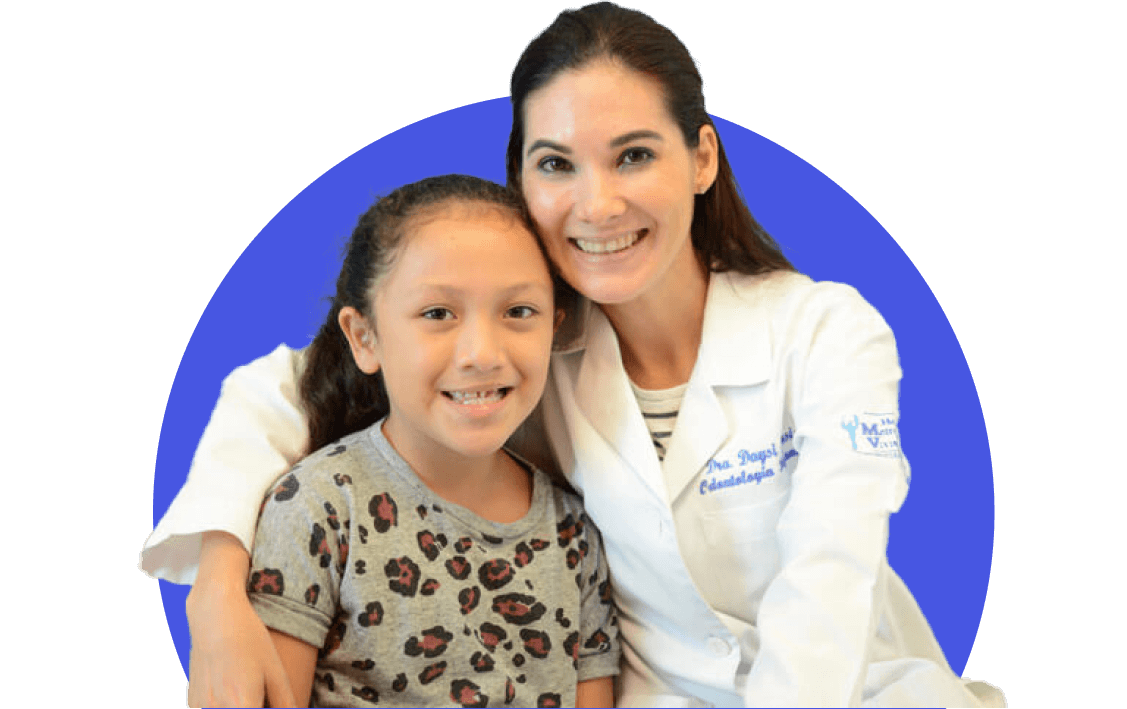- Cleft Home
- What is Cleft Lip and/or Palate?
- Prenatal Diagnosis
- Feeding Your Baby
- What is a Cleft Team?
- Surgery
- Hearing, Speech, and Dental Care
- Paying for Treatment
- Managing Feelings
- Craniofacial Conditions
- Toddlers and Preschoolers
- The School-Aged Years
- The Teenage Years
- Letter to a Teacher
- Information for Adults
- Support Organizations
- Learn More: Downloads
- Cleft Home
- What is Cleft Lip and/or Palate?
- Prenatal Diagnosis
- Feeding Your Baby
- What is a Cleft Team?
- Surgery
- Hearing, Speech, and Dental Care
- Paying for Treatment
- Managing Feelings
- Craniofacial Conditions
- Toddlers and Preschoolers
- The School-Aged Years
- The Teenage Years
- Letter to a Teacher
- Information for Adults
- Support Organizations
- Learn More: Downloads
When do young children become aware of difference?
Children usually develop awareness of both their own facial appearance and that of others around age four. It is not uncommon to hear toddlers and preschoolers make comments about the appearance of other children. Sometimes, a child with a cleft becomes aware of their differences, including those related to speech, as young as two or three years of age.
How should I talk with my child about their cleft?
Professionals suggest that parents should be open and honest with their children about their differences. It is important to use correct terminology and be truthful about a child’s condition and medical history. You can also suggest some responses to use with inquisitive children or adults. A reply such as, “I had an operation when I was a baby, and I’ll probably have another one later,” or, “I was born with a cleft lip. It doesn’t hurt me,” can be helpful in dealing with this issue. You can also give your child a response to questions related to differences in speech.
Will my child have trouble in school?
In the past few decades, large-scale research studies have shown problems with learning, reading, and school achievement in children born with clefts. We now know that these problems occur more frequently than previously thought.
This does not mean that your child will necessarily have such difficulties. It does mean that team members will be on the alert for any early signs of problems with educational or psychosocial development and will be prepared to help you get whatever services your child needs in school or through local care providers.
How can the cleft team help?
Most cleft teams include a psychologist who works with children and families. This person can assess your child’s physical development and mental health and may recommend play therapy for your child and/or counseling for your family. This person can offer advice on how to respond to questions and teasing. The psychologist may also recommend they make contact with your child’s preschool teachers, school counselors, and/or other caregivers, to communicate directly about your child’s educational and psychosocial development.
If there is no psychologist on the team, early assessments may be carried out by the social worker, pediatrician, speech-language pathologist, or the pediatric nurse practitioner on the team.
How can parents make the most of team care during these years?
It is important to communicate openly with members of your child’s cleft team so that your child will receive the best possible treatment.
You and your child will be best served if you:
– see the team very early in your baby’s life,
– see your team as often as recommended or needed,
– make it a habit to note all your questions for the team,
– contact the team with any questions and problems that come up in between regular team visits,
– provide team members with school information, including Individual Educational Plans (or IEPs), and
– help ensure regular contact between the team and your local care providers (e.g., pediatrician, dentist, surgeon, speech-language pathologist, psychologist, social worker, and school counselors and teachers).
It is also important to obtain and keep records of all team visits. Having these reports handy will help you keep track of your child’s treatment plan and inform new care providers. Remember, the sole reason for the existence of teams is to maximize the care your child receives.



